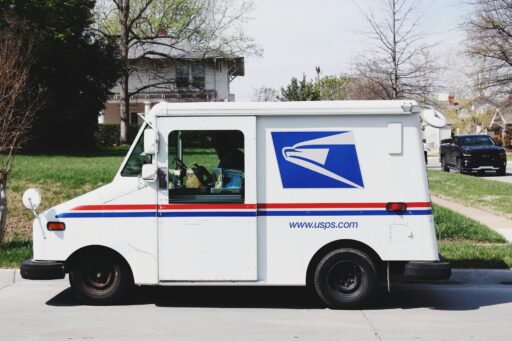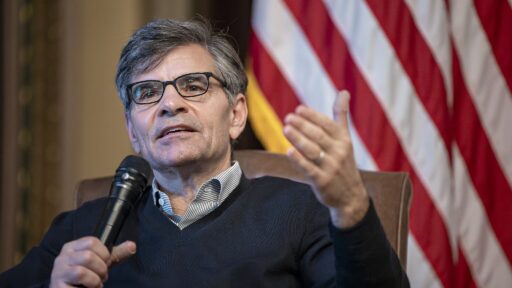Would this be a good idea?
President-elect Donald Trump has recently signaled his interest in privatizing the U.S. Postal Service (USPS), a move that could mark a significant shift in how the nation handles mail delivery. According to reports from the Washington Post, Trump has been in discussions with various individuals, including his pick for Commerce Secretary, Howard Lutnick, about potential changes to the Postal Service. These talks have revolved around transforming the USPS into a private entity to help address its ongoing financial struggles.
Since 2007, the U.S. Postal Service has incurred over $100 billion in losses, and its most recent financial report for the year ending September 30 shows a net loss of $9.5 billion—an increase of $3 billion compared to the previous year. A major contributing factor to this growing deficit has been an increase in non-cash workers’ compensation expenses. In light of this, Trump has suggested that it is not the role of the government to subsidize such a loss-making operation.
Privatizing the USPS has garnered attention for its potential to eliminate the financial burden on taxpayers. With President Trump set to take office on January 20, conversations about restructuring or even privatizing the Postal Service are already underway. The Department of Government Efficiency, under the leadership of figures like Elon Musk and Vivek Ramaswamy, is reportedly exploring ways to implement major reforms, including revisiting some of the Postal Service’s high-cost contracts.
However, privatization is not without its risks. The U.S. Postal Service currently serves as the primary delivery option for many rural and remote areas, where private carriers may not have the reach or infrastructure to provide service. Additionally, large companies like Amazon, which rely on USPS for the “last-mile” delivery of packages, could face disruptions if the Postal Service were to change its operational model.
Trump’s plan to reform or privatize the USPS could face resistance from those who fear negative impacts on consumers, small businesses, and rural communities. Nevertheless, it’s clear that with his administration taking office, major changes to the Postal Service could be on the horizon, potentially offering a more efficient and cost-effective solution for the future.







